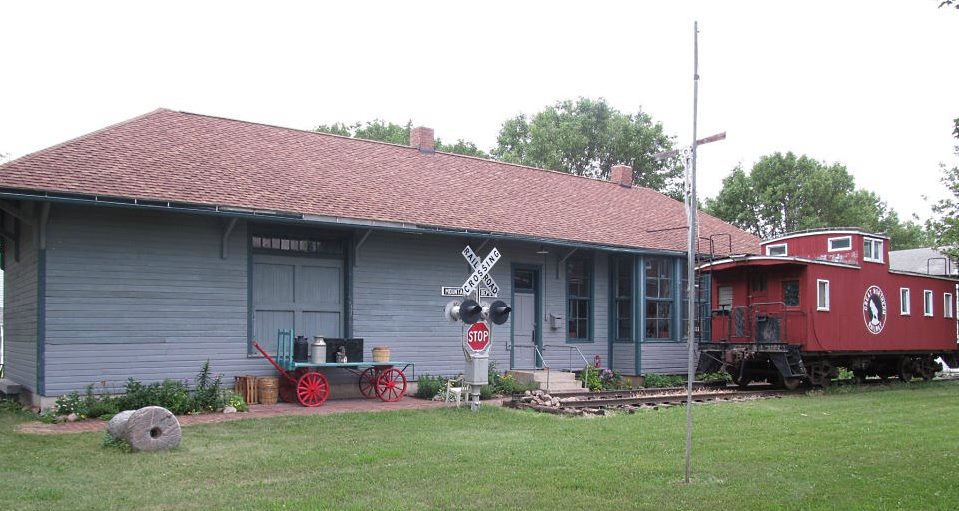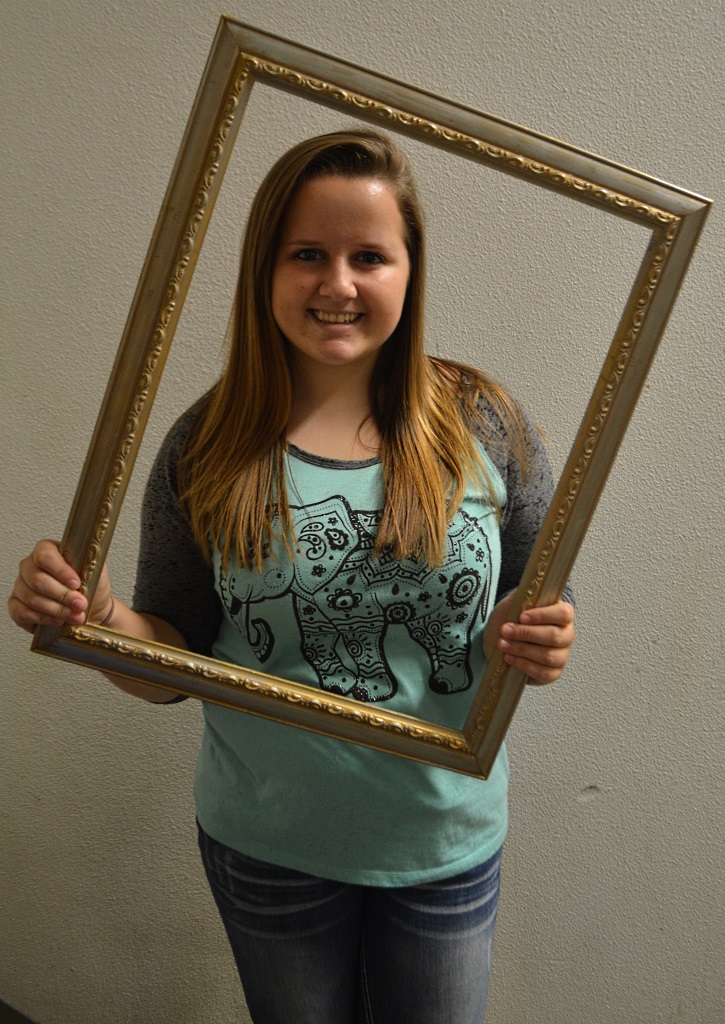Kalley Rempel next author in 2016-2017 MLHS senior student editorial series
Simplifying Adoption
Choosing the type of adoption, selecting an agency or facilitator, completing a home study, waiting for placement, and finalizing the adoption are the basic steps to adoption, according to the American Pregnancy Association. Even though they have limited the process to five general steps, each step involves multiple pieces. I believe adoption should be simplified, which could be done by lessening the amount of paperwork, lowering the cost, and focusing on observing the placement.
Unfortunately, the process of an adoption requires multiple kinds of time-consuming paperwork. First off, the formal application packet includes 17 forms – a formal application, family history data, and self-studies along with a reminder to include birth and marriage certificates. If adopting from parents with custody, they and the couple adopting have to sign consent and release forms; if the child is older than twelve, he or she also has to sign a consent form. Once an adoption is finalized, the adopting parents face more paperwork because the child’s birth certificate must be amended to include the adoptive parents’ names. As you can see, the large amount of paperwork makes the process drag on for much longer than it should and could be made easier by only having to complete forms before and after the process, not during.
In addition to the seemingly-endless paperwork, the cost of a United States adoption through an agency or through an independent agent is quite high – anywhere from $25,000 to $40,000. Many couples that struggle to have children try different methods to conceive, such as in-vitro, which costs roughly $15,000 and has only a 25%-30% success rate. Adoption is expensive and just the start of a lifetime of expenses, including clothing, toys, and other necessities afterwards. Helping a child who needs a family should not cost as much as purchasing a brand new car. If the children are going to a home where they are going to be wanted and loved unconditionally, that opportunity should not be denied due to cost; they should be able to have a better life.
To better the adoption process, a post-adoption observing period should be created to ensure the future safety and well-being of the child. During the adoption process, a homestudy is done in which an agency representative comes to see what the couple or family is like at home to ensure that the child will be living in a safe environment. Another way to establish in-home checks could be surprise visits that would help either to prove that the couple is fit to be parents or raise a red flag. Currently in Minnesota, birth mothers have a 14 business day period to change their minds on giving their child up. There should be a similar period that allows an agency representative to watch how a family works together with the child in the home in an everyday routine of going to work, sharing meal time, and putting the child to bed. This would be a much more beneficial way of making sure the child is safe and happy than the current one visit after placement.
Currently, adoption is not a simple process since it involves many steps, a large sum of money, and a lot of time, but it could be made easier by lessening the amount of paperwork and lowering the cost while creating a stronger observing period. Easing the trial period into the current adoption process could prove beneficial, but lowering the amount of paperwork and costs all at once would be the best option. Eventually, the revision would ensure a prosperous future for children going through adoption and could create smoother transitions for the family as a whole.


















